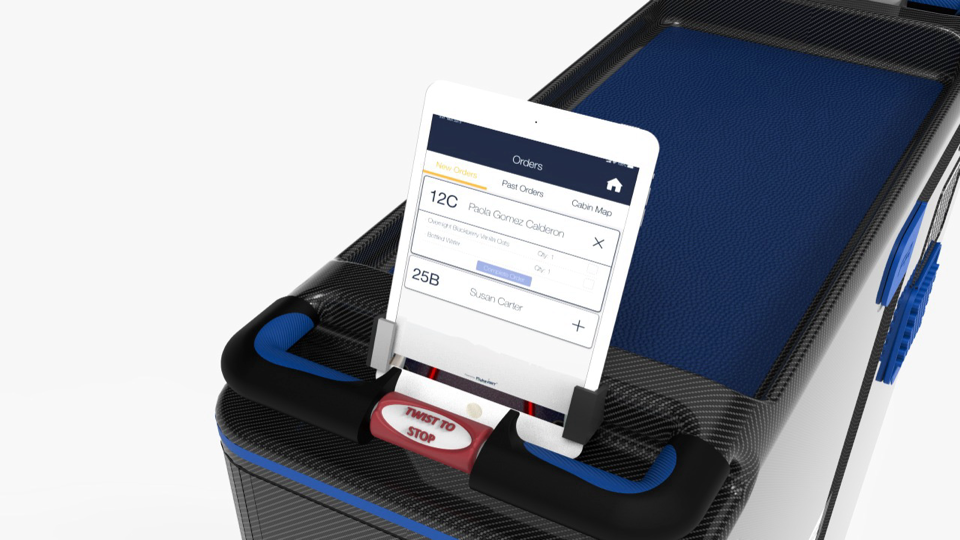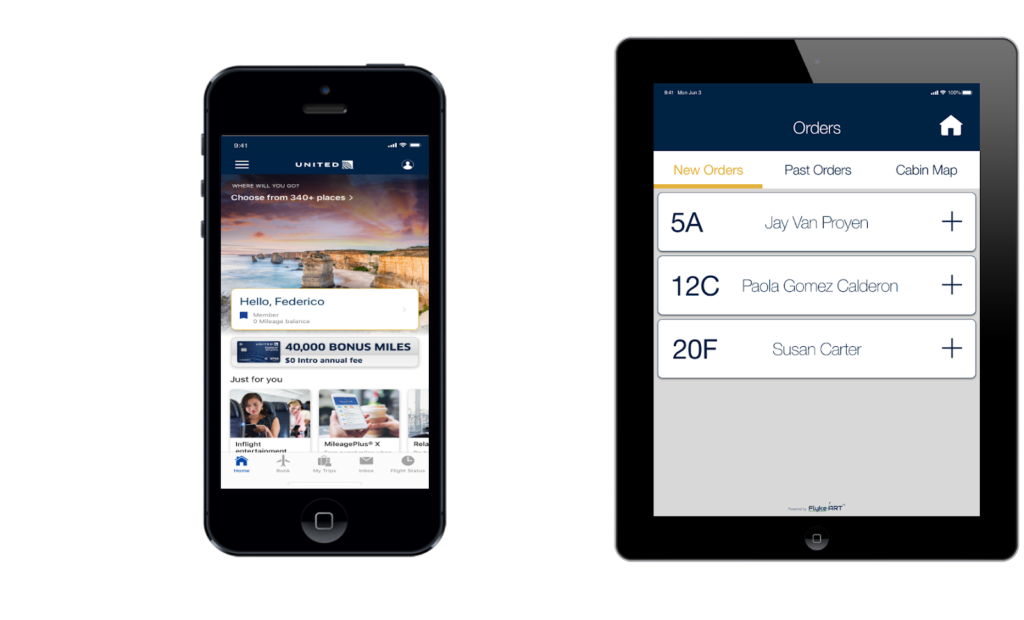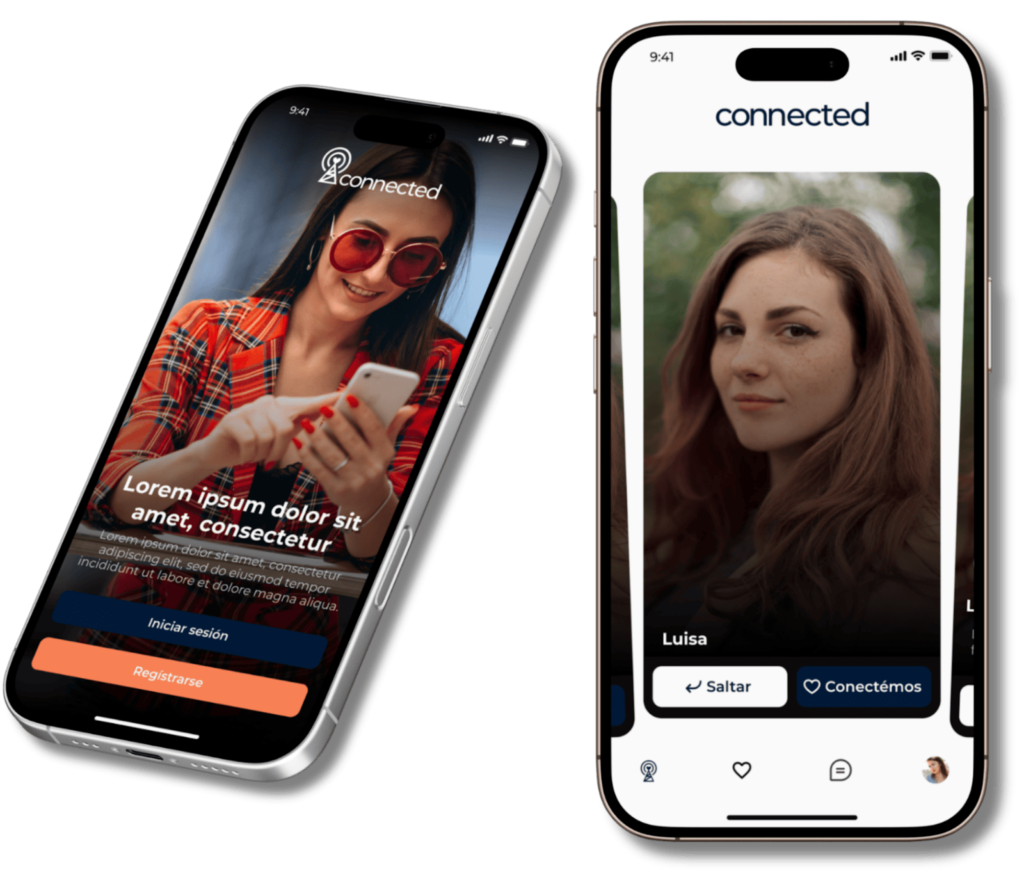Outsourcing Software Development for Hardware Products
Hardware is fuc#@ing hard. Usually, the product development cycles require a lot of money and many iterations. So, why add the stress and cost of developing the software in-house? In most cases, outsourcing some of the software dev work can help you significantly lower product development costs and give you the flexibility to hire a team on demand.
In this blog, we’ll discuss how you can integrate a remote dev team into the product dev lifecycle and show a few examples of products we’ve helped build.
What This Blog Covers:
- When to consider outsourcing software development for hardware products
- The business case for nearshoring to Latin America
- How to evaluate and integrate an external development team
This leads to the next question:
How can a CTO or VP of Engineering balance cost, speed, and expertise without overloading an in-house team? Well…
Sometimes, You Need Outsourcing Software Development for Hardware Products
While your in-house team may be outstanding at product engineering, there often comes a point where you just need external support, like when:
- Your in-house team is overloaded with core product development
- You need specialized skills (firmware, IoT, cloud), but hiring takes too long
- Development costs are ballooning with local salaries and retention issues
- Speed to market is critical, and internal hiring won’t cut it
Let’s look at an example. Our team helped build the software for an aviation startup that was developing a smart galley cart for airplanes, and desperately needed to reduce product development costs to go to market.
Example 1: Software MVP Development For a Smart Airplane Food Cart

We worked with FlykeART, an aviation startup building a smart galley cart that connects to airline cabins via Wi-Fi. This enables flight attendants to process the meal orders and serving times that passengers select through their electronic devices. On the other hand, airlines can leverage inventory data to optimize costs, while also drastically increasing in-flight sales for food, beverages, digital content, and other items.
- Challenge: Developing hardware is expensive — especially when you’re building carts out of carbon fiber, where every iteration costs tens of thousands of dollars. Thus, FlykeART needed a way to cut production costs for the software MVP component.
- Solution: To reduce costs, FlykeART partnered with a nearshore software team in Latin America to develop the digital catering system. This system included a touchscreen interface on the cart, backend integrations with the airline’s catering services, and a WI-Fi-connected ordering system for passengers.

Overall, this was a great project. The quality of the work was so high that the company obtained a US patent for the smart airplane cart. This would not have been possible without external support, which allowed this startup to:
✔️Save $$$ on software development → Instead of burning cash on an expensive in-house team, FlykeART built its MVP for just $45,000.
✔️Drastically reduce hiring time → Rather than waiting months to recruit and onboard people, they assembled the external devs and designers in 2 weeks.
✔️Scale on demand→ The startup could ramp up or down devs based on the budget they had available throughout the product development lifecycle.
Which Software Tasks Should Hardware Companies Outsource?
Although core product design and specialized IP should remain in-house, there are several areas where outsourcing makes perfect sense:
- Embedded systems and firmware engineering, like low-level programming (C/C++), microcontrollers, and connectivity protocols (Bluetooth, Zigbee, MQTT, etc.).
- Mobile or web applications that support the hardware product
- Cloud infrastructure and API development
- AI/ML features, data engineering, and dashboards for smart devices
For instance, our team at Ewents developed Connected: a mobile dating app using React Native for cross-platform functionality, along with custom native development for Android and iOS.

Example 2: Bluetooth-powered dating app (React Native, IOS and Android)
Unlike traditional dating apps like Tinder, Connected uses Bluetooth Low Energy (BLE) Advertising for real-time, proximity-based matchmaking. Built with custom Kotlin and Swift modules, it lets users broadcast and receive preferences via BLE, making connections instant and seamless. The app was built with React Native handling cross-platform development and native BLE integration on both Android and iOS. Here’s how it works behind the scenes:

Imagine two smartphones, A and B, looking for a match based on preferences and storing it via Bluetooth. Several background services enable this process.
In short, one device announces itself, another finds it, they connect, exchange data, and store a match if relevant through a few background services:
- GattNotificationService – Ensures all necessary services are running, starting any missing ones.
- GattServerService – Stores and shares details like a unique ID and user preferences.
- GattClientService – Connects to nearby devices and reads their information.
- BleScannerService – Finds nearby devices and hands them off to the client service.
- BleAdvertiserService – Makes a device visible to others.
Keeping Your In-House & Nearshore Teams in Sync
First, you should know that the success of your projects depends on how well you’re able to communicate with the engineers working remotely. It is really important to set up project management workflows on Jira, Github, Slack, or any other tool that allows you to have regular communication with your vendor.
Additionally, we really suggest having regular check-ins and progress reviews. The goal is to align the software development efforts and progress with the hardware design. Since hardware products usually require several iterations, it is really important to always keep the software team updated in case they need to pivot as well.
Finally, if you’re in a highly regulated industry like healthcare, make sure you and your software partner keep everything private and secure. Your vendor should have strong NDAs in place and understand that sensitive data, like patient records or personally identifiable information (PII), must be handled securely. Also, always ensure that your software provider signs IP agreements so you retain full ownership of the code.
How Ewents Builds Software for Hardware Companies
Ewents is a nearshore software development company from Latin America that helps companies outsourcing software development for hardware products. We offer two primary engagement models to support hardware companies at different stages of product development:
- Staff Augmentation: Our developers work remotely to support your development efforts on demand. This model is ideal for hardware companies needing specialized skills (firmware, embedded systems, cloud, mobile) without long-term hiring commitments.
- Project-Based Development – We handle the entire software development lifecycle, from architecture and design to implementation and testing. Perfect for companies looking for turnkey solutions to complement their hardware innovations.
Here’s our main technology stack:
- Embedded Systems & IoT: C, C#, C++, Rust, Embedded Linux, BLE, ARM Cortex
- Full Stack & Mobile: React, React Native (IOS & Android). Node.js, Express, MongoDB, AWS
- Data Analytics & AI: Apache Spark, TensorFlow, Snowflake, Power BI, Tableau
Are you looking to onboard a dev team for your hardware development? We can provide that technical expertise and flexibility, in your same timezone, for a fraction of the cost.
Contact Ewents today and let’s get started!